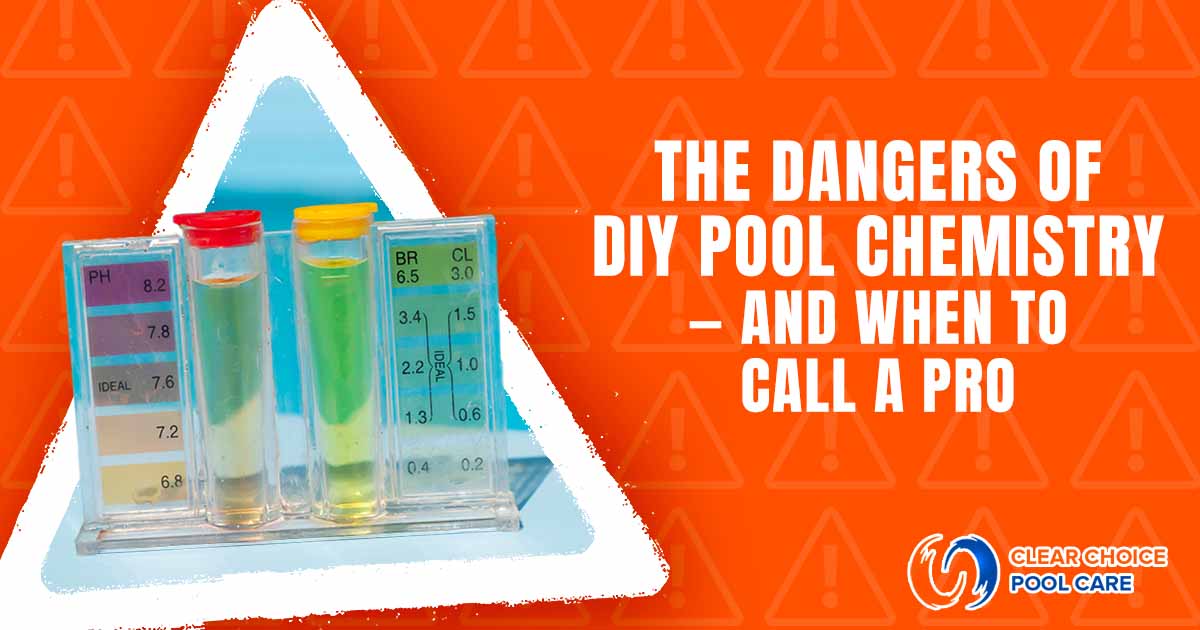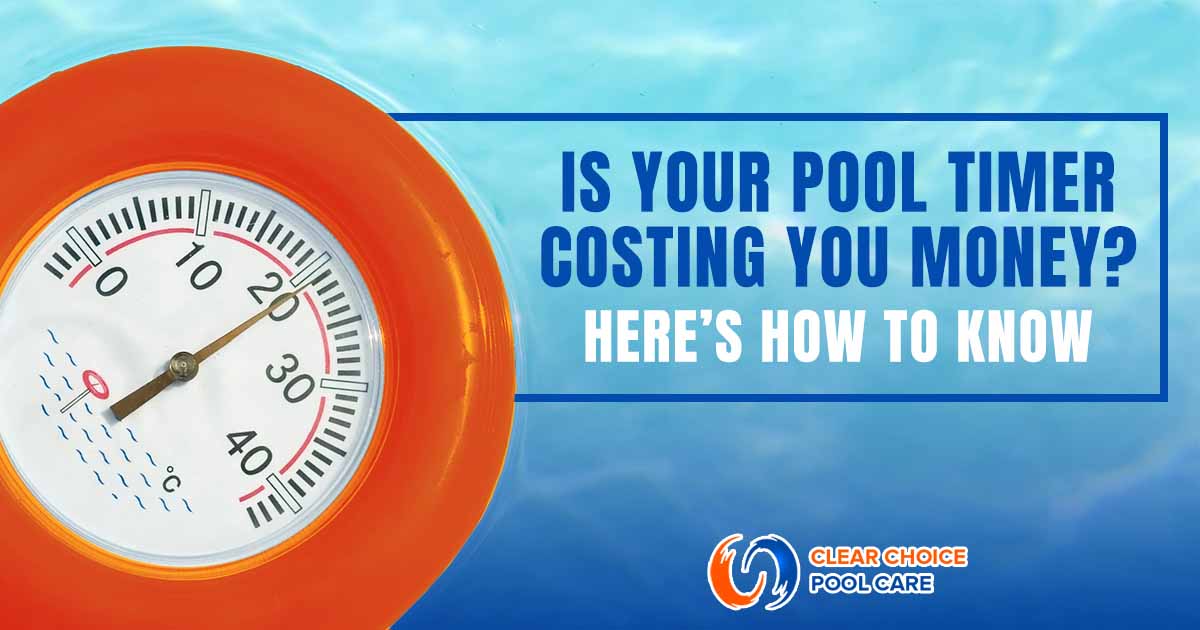When you look at your pool, you see your nice clean water and surroundings. But, do you know about all the parts and pieces that go into making that water clean and inviting? Unfortunately many of us don’t get to know the ins and outs of our pool until something goes wrong. But, in order to understand that there’s a problem, you need to know how things work when everything is as it should be.
Let’s take a look…
Swimming Pool Pump Parts
Before you can start to understand how your pool pump works, it’s important to know what the basics parts are and how they function.
- The Housing
Just as the name sounds it is the house of all the parts. This is the hard outer shell that holds all of the inner workings of the pool pump. The impeller, diffuser, seals and motor all fit into the housing. The housing is typically made out of a high impact plastic composite called Noryl. This is rustproof and resilient and holds up extremely well under the impact of heat, rain, and water pressure.
- Lid
The lid serves as more than just a cover. It is through the lid that you can detect a problem. If there are large air bubbles or no water at all in the strainer lid while the pump is on, there could be an air leak. The lid is made out of a clear glass so that you can clearly see what’s going on.
- Strainer Basket
All of the debris goes into the strainer basket before it reaches the important parts of the drivetrain. This will catch any leaves or pebbles before they harm your pool.
- Gaskets and Seals
The gaskets and seals keep your equipment pad dry and your water moving. There are four main gaskets and seals on a pool pump.
- Lid Gasket –located under or on the strainer lid
- Diffuser Gasket- located on the tip of the diffuser
- Housing Gasket-located in the seam between the main housing on the motor seal plate
- Shaft Seal-located under the impeller on the motor shaft
- Seal Plate
This is the motor’s mounting flange that allows it to be secured to the pump housing.
- Motor
Without the motor, the water in your pump isn’t going anywhere. It is what drives the water to circulate. They come in single speed, dual and variable speed varieties.
- Impeller
The impeller transforms the spinning shaft of the motor into the pulling force of the pump. It is made up of two discs that are glued together to sandwiching fan blades.
- Diffuser
The diffuser increases the pull of the impeller by creating a tightly enclosed vacuum lock to the housing to maximize the power.
- Impeller Ring
This fits onto the tip of the impeller and makes sure there is a seal between the impeller and the diffuser.
- Impeller Screw
The impeller screw secures the impeller to the internal threated shaft motors.
Pool Pump Basics
Now that you are familiar with the basic parts of your pool pump, let’s take a look at how the pool pump actually works.
Your pool pump is the home base of your pool. It’s how clean water gets filtered and into your pool. A typical pump includes an electric motor that spins an impeller inside the pump housing. The impeller then drives the water from the many drains through the filter and then back out to the water inlets.
Before the water can go into the pump, it has to pass through a strainer basket that catches leaves and anything else that might clog the pump. If the pump is clogged, you’re not getting the cleanest water possible. Now the water can pass through the filter.
When your pool water is filtered, dirty water from the pool comes in through the filter’s inlet pipe, which leads to the water distribution head inside the tank. As gravity pulls the water down, any dirt and debris is caught. At the bottom of the tank, the filtered water flows through the pick-up unit and to the outlet pipe.
As you can imagine, over time all of that dirt and debris adds up. When it does, it can begin to slow down your water flow. A good indicator of this is when there is greater pressure on the inlet pipe compare to the outlet pipe. When this is noticed, it means it’s time to backwash the filter.
To keep your pool water as clean as possible, it’s best to use pool timers and controls to manage the amount of time your pool pump operates. This ensures you don’t have to worry about manually turning anything on, making maintenance easier and more efficient.
Pool Pump Repairs
As you can see, the pool pump is a major part of your pool that can create all kinds of problems if not properly maintained. That’s why it’s important to have a licensed and experienced technician examine your pool pump on a regular basis to detect any problems before repairs are needed. Common pool pump repairs include:
- Clogged Pump Impeller
- Leaking Skimmer
- Leaking Pool Filter
- Leaking Pump
- Air in the Pump Basket
These are just a few of the problems that can come up with your pool pump. If you think your pool pump may be in need of repair, call Clear Choice Pool Care. For the past 14 years, we have proudly served Argyle, Carrollton, Coppell, Corinth, Double Oak, Flower Mound, Highland Village, Lake Dallas, Lantana, Lewisville, Plano, McKinney and Frisco and continue to do so today. The professional staff at Clear Choice Pool Care not only provides pool repairs, but can also take care of any upgrades, remodeling, or weekly maintenance that needs to be done.
Call Clear Choice Pool Care today at (214) 995-3556 to learn more about our highly qualified team of technicians and pool repairs.




